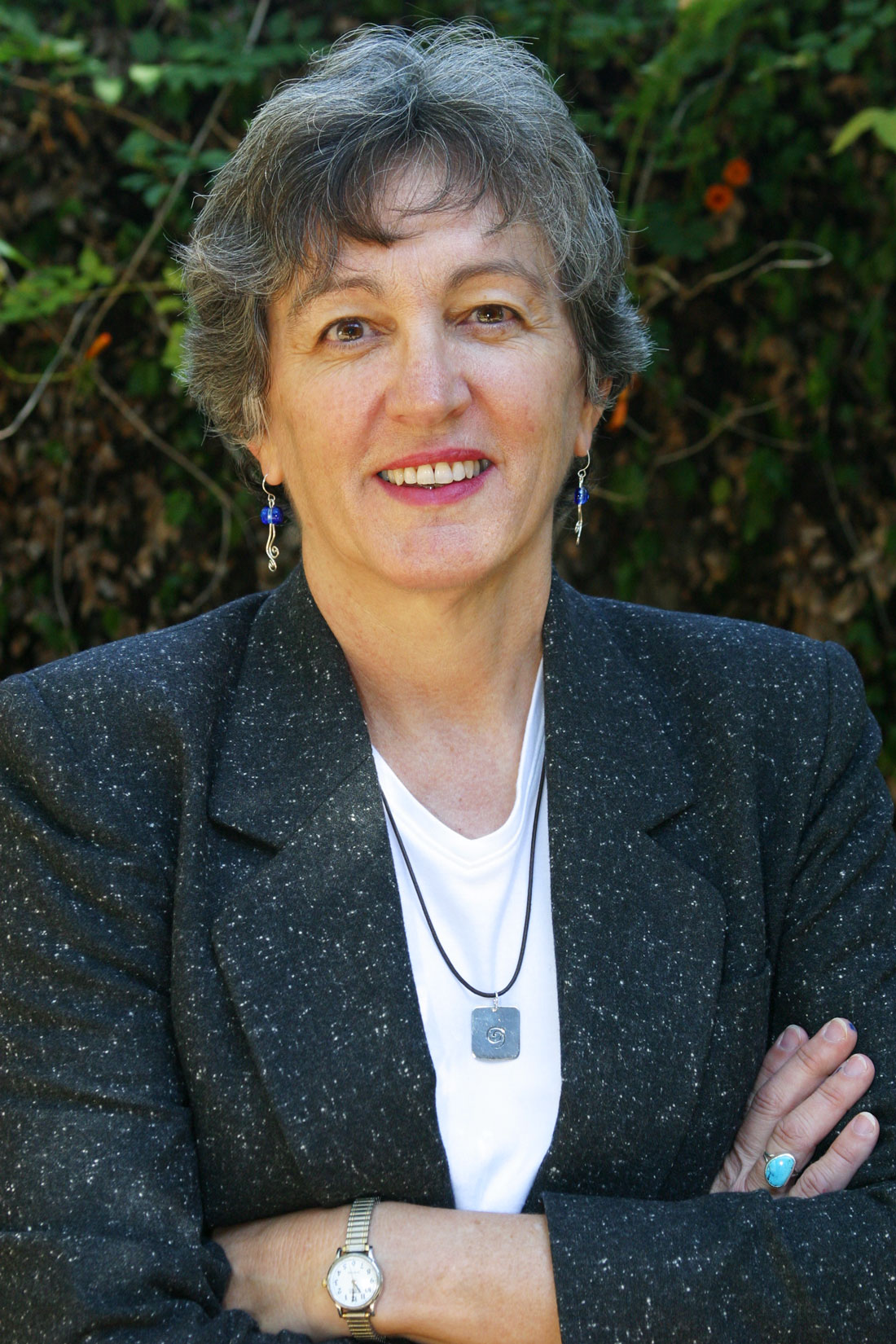Nuclear plants are still dangerous, and the licensing process is even scarier.
The 30th anniversary of Three Mile Island arrived last week. Those of us who had loved ones in Pennsylvania back then will never forget the sleepless nights we experienced as that news unfolded – not to mention the agonizing years that followed, during which the health toll of the accident became more obvious.
That’s why a fast-approaching deadline is so important here in Texas. Luminant, the new name for the giant TXU utility, wants to build two new reactors at Comanche Peak nuclear power plant near Glen Rose. When TXU built the first two units there 20 years ago, citizens had the opportunity to raise questions not only about whether the plant should get a construction permit but also, later, about whether the plant should get an operating license. In those proceedings, which stretched over several years, plant opponents documented massive problems in design and construction and forced changes that greatly improved the plant’s safety.
This time around, the federal government has “streamlined” the licensing process. Citizens have only one shot at getting their concerns heard, and April 6 is the deadline for raising with the Nuclear Regulatory Commission the issues that will be fought during the licensing process.
But maybe you figure nuclear is old news, that nuclear plants are safer, cheaper, and healthier now.
In that case, consider the Davis-Besse nuclear plant near Toledo, Ohio. In 2002, a basketball-sized hole was found in the 6-inch-thick steel wall of the reactor head in the plant near Lake Erie. A piece of steel only 3/16″ thick – and already bending under pressure – was all that prevented a loss of coolant that could have led to a core meltdown, as bad as or worse than Three Mile Island.
Then consider that the risks of a nuclear accident in this country are increasing, not decreasing, as our fleet of 104 reactors ages and the NRC focuses more on cheerleading for new reactors than on inspecting old ones.
The partial meltdown at the Three Mile Island reactor in Harrisburg, Pa., happened in 1979 after equipment malfunctions and human error resulted in a loss of coolant water and release of significant amounts of radiation. The reactor core overheated, triggering the evacuation of nearly 150,000 people.
Nuclear industry and government studies have whitewashed the accident, but independent analysis found that local cancer rates increased and that radiation doses were grossly underestimated. Exposure to radiation can result in genetic mutation, suppression of the immune system, lung cancer, and other tumors.
People in the area reported experiencing a strong and sickening metallic taste; blistered, reddened, and burning skin; burning eyes, lips, and throats; whitening of hair and hair loss; nausea and vomiting. They reported pet deaths, sheep deaths, and stillbirths of farm animals. Some saw ashy flakes falling in the area. A complete meltdown would have been far worse.
At this point, perhaps you’re ready to look at nuclear energy more closely and especially closer to home.
The first reactor at the Comanche Peak was years late coming online and 10 times over budget. Worker intimidation and construction problems plagued the project. In 1980, the NRC, analyzing the worst-case scenario for a nuclear accident for Comanche Peak, estimated that the toll could be:
– 1,210 early deaths within a 25-mile radius,
– 13,800 early injuries in a 35-mile radius, and
– $117 billion in financial consequences.
The region’s population has grown since then, so the toll of deaths and injuries would likely be higher today and even worse if Luminant builds two additional units. The reactors they plan to use are of a design that has not been certified by the Nuclear Regulatory Commission and has never been built anywhere in the world.
Nuclear reactors generate radioactive waste for which no storage solution exists, waste that is dangerous today and will be for up to millions of years. Reactors use vast quantities of water – 30,000 gallons per minute, in a time of drought. The Federal Energy Regulatory Commission ranks nuclear power as the most expensive way to generate electricity.
So how many billions of dollars should taxpayers throw at a risky 51-year-old industry that still can’t stand on its own? We have safer, cheaper ways to meet our energy needs. Investors are steering clear of nuclear reactors and rightfully so. Energy expert David Freeman says the Three Mile Island accident showed how a billion-dollar investment can turn into a multi-billion-dollar liability overnight.
The licensing process has changed drastically since the original Comanche Peak reactors were built. This may be our only opportunity to raise the questions that could make a profound difference in our collective futures. Go to www.NukeFreeTexas.org to learn how to take action.
Karen Hadden is executive director of the SEED Coalition, a statewide nonprofit organization working for clean air and clean energy.











